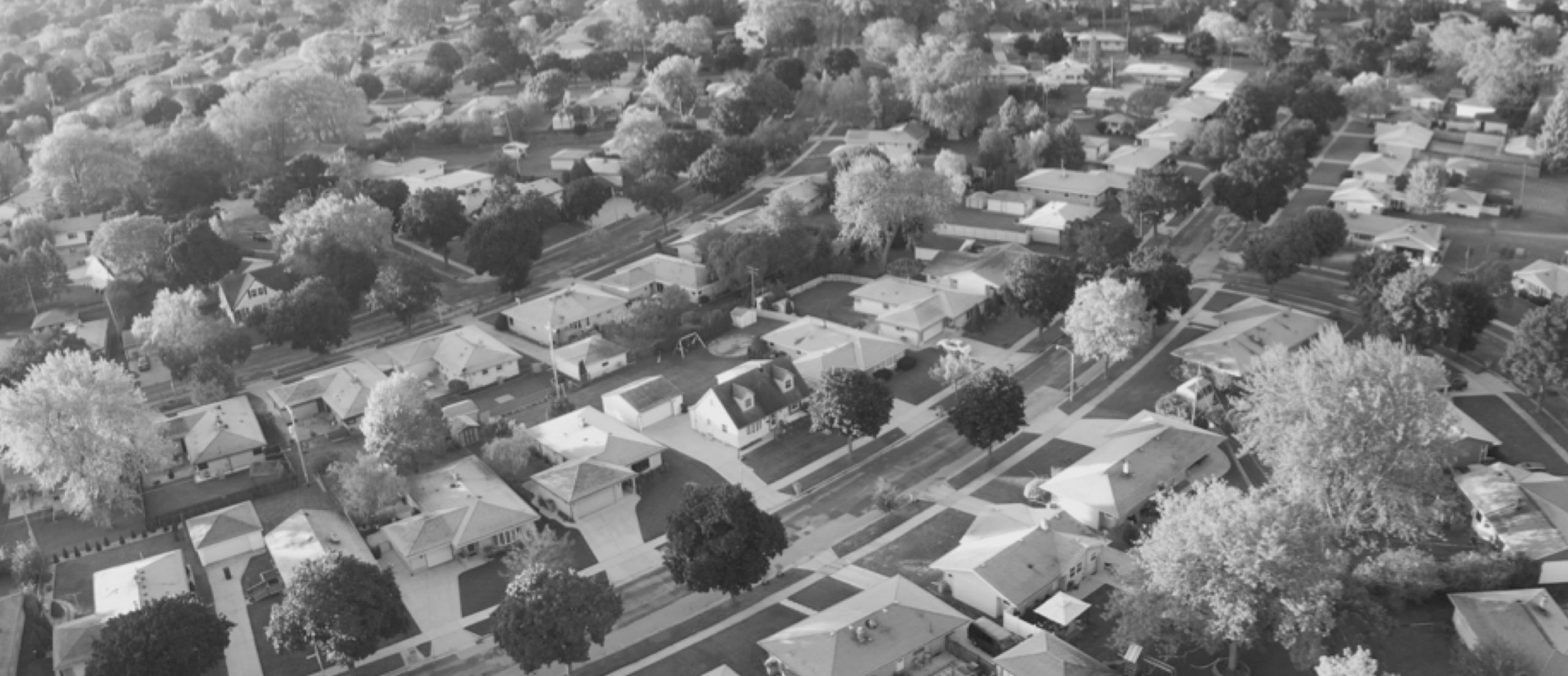Knowing the differences between different insect invaders can help you identify pests before they have a chance to become well established in your home. There are different types of termites, and some enjoy chewing on the wooden infrastructure of your home. Knowing what termites look like can save you a lot of worry and heartache.
Termites Versus Ants
Although termites and ants look similar enough that they are often confused, termites have some
distinctive features. Rather than a pinched waist like those of the multi-sectioned ant, a termite has a straight waist. If dealing with winged termites, you’ll see a difference in the wings, too. Ants have wings of differing lengths, while termites’ wings are all the same length. Finally, the antennae of ants are curved, while termites have straight antennae.
Flying Termites
If you see termites with wings, or find their shed wings in and around your home, you may be dealing with a large colony, either within your home or in the immediate area. It’s important to seek the aid of a professional exterminator for termites as soon as possible if you see winged termites. The stage, known as alates, are the reproductive stage of the termite lifespan. They develop when the colony outgrows its current location and swarms, seeking out a new place to live.
Termite Queen
The termite queen has one job: laying eggs. Once the colony reaches a certain size, she begins producing the alates- winged termites- that will then go out into the surrounding area seeking out a new home. In this way, the colony reproduces and spreads itself. The queen herself lives her entire life in the center of the nest, doing nothing but producing baby termites to ensure the continuation of the colony.



